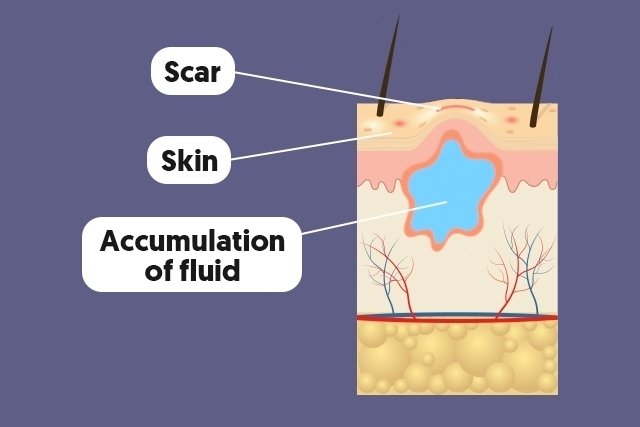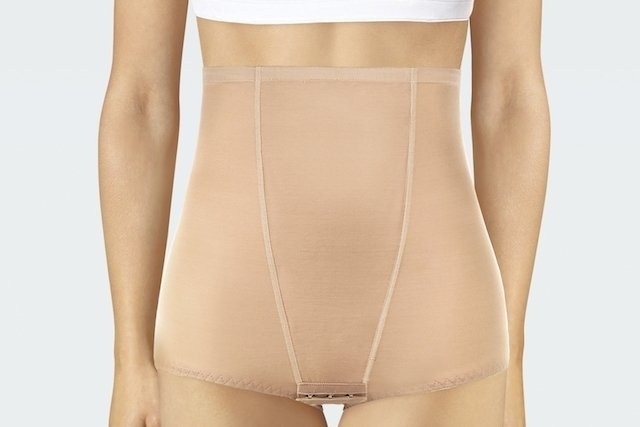How to Get Rid of Seroma After Tummy Tuck
Seroma: What Is It, Symptoms, Causes & Treatment
Seroma is a complication that can occur after any surgery, and it corresponds to the build-up of fluid below the skin, close to the surgical scar. This build-up fluid is more common after surgeries in which the skin and fat tissue have been cut and manipulated, such as in plastic surgery, abdominoplasty, liposuction, breast surgeries or after a caesarean delivery. However, they are the result of an inflammation, and not caused by the procedure itself.
A small seroma is usually reabsorbed naturally into the body within 10 to 21 days. However, in some cases, the doctor may need to carry out a small procedure which consists of inserting a syringe under the skin and removing the excess fluid. To reduce the risk of having a seroma it is normally recommended to use compression bandages after surgery.

Main signs and symptoms
The presence of a seroma can be identified if the following signs and symptoms are present:
- Transparent or clear fluid under the wound;
- A swollen spot;
- Fluctuation in the area;
- Pain in or around the wound;
- Redness and increased temperature in the area surrounding the wound.
There may be a reddish or brown coloring when the seroma is mixed with blood, which is more common soon after surgery and tends to become clearer as the healing process continues.
A seroma usually appears during the first 2 weeks after surgery as a result of the build-up of fluid in the dead space between the layers of the skin. If you see or feel symptoms that indicate a seroma, talk to the surgeon so he can check the situation and see if treatment is needed.
What can cause a seroma?
Seromas can appear after any type of surgery, depending on how a person's body recovers. However, this type of complication is more common in:
- Extensive surgeries such as breast removal in cancer cases;
- Cases requiring the placement of drains after surgery;
- Surgeries that cause lesions in various types of tissues;
- People who have a previous history of seromas.
Although it is a very common complication, it can be easily avoided by using a bandage over the scar and avoid doing intense exercise unless otherwise indicated by the doctor.
If there is an increased risk of developing a seroma, the doctor usually inserts a drain during surgery so that the built-up fluid may leak out as the wound heals.

Treatment options
The treatment of a seroma is only needed when there is a great build-up of fluid or when there is pain, as in the less severe cases the body itself reabsorbs the excess fluid. However, when necessary, the fluid is removed using a syringe or a drain, which is a small tube inserted underneath the skin until it touches the seroma, allowing the fluid to be drained.
If you need pain relief, a doctor can prescribe painkillers or anti-inflammatory drugs like Paracetamol or Ibuprofen, for example.
On the other hand, treatment for an encapsulated seroma is more complicated, requiring corticosteroids or surgery for its removal. Ultrasonic cavitation is also a method that can be used because it is based on a high-power ultrasound that is able to reach the area that needs to be treated and creates reactions that stimulate the removal of the fluid.
In cases where the seroma gets infected, the treatment is usually done with antibiotics prescribed by the doctor. For an encapsulated seroma, the doctor may recommend surgery to remove the fluid and to make the scar look nicer.
Was this information helpful?
How to Get Rid of Seroma After Tummy Tuck
Source: https://www.tuasaude.com/en/seroma/